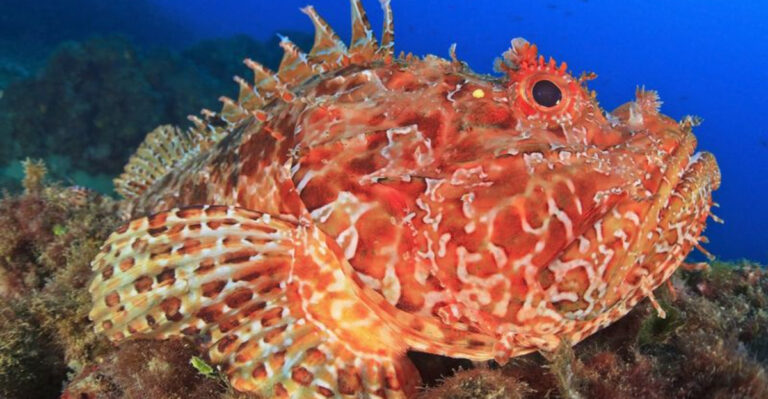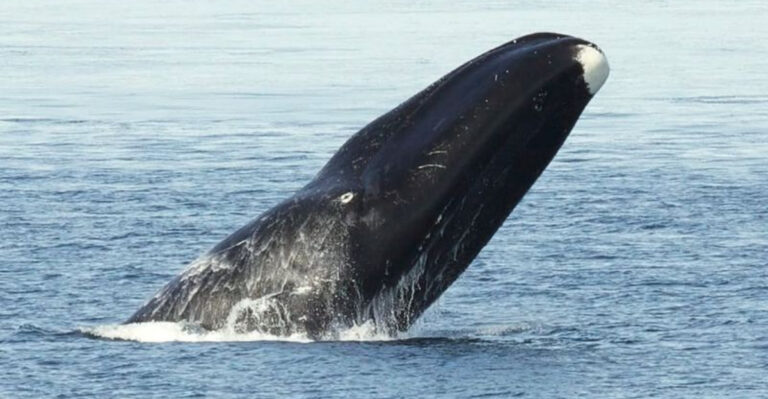Amazing Details About The Chel Snakehead Fish’s Return After 85 Years
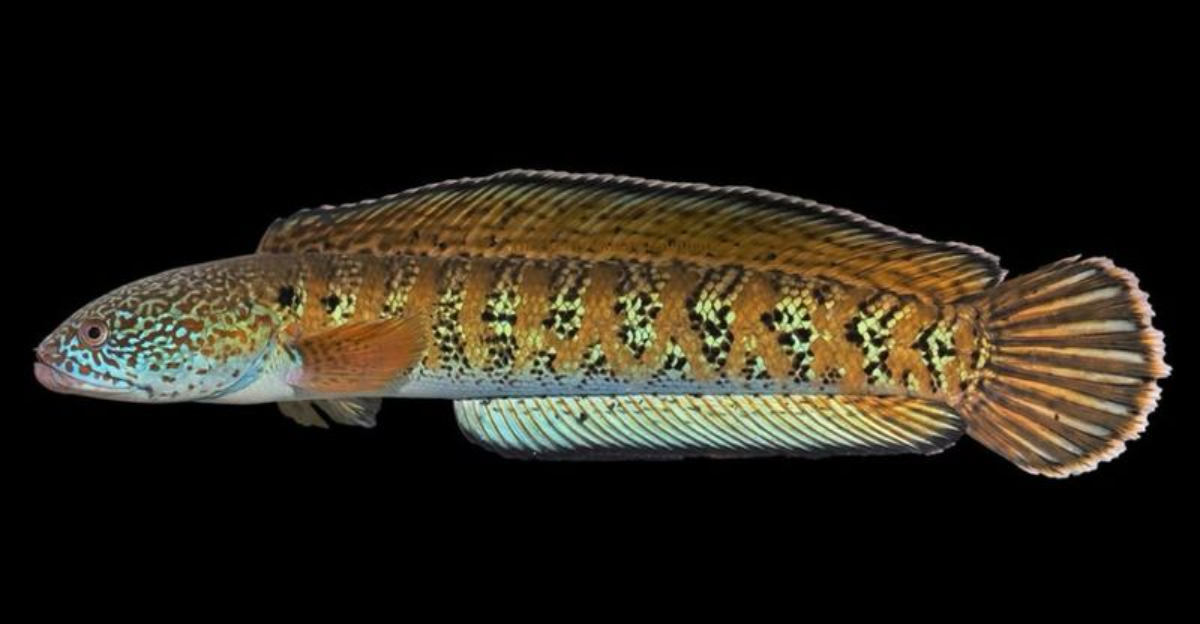
Hidden beneath murky waters for nearly a century, the Chel snakehead fish has mysteriously reappeared, baffling scientists worldwide. This rare freshwater predator, once thought extinct since the 1930s, has suddenly resurfaced in remote Asian rivers.
The unexpected comeback offers researchers a second chance to study this living fossil and understand its remarkable survival story.
1. Ghost From The Past
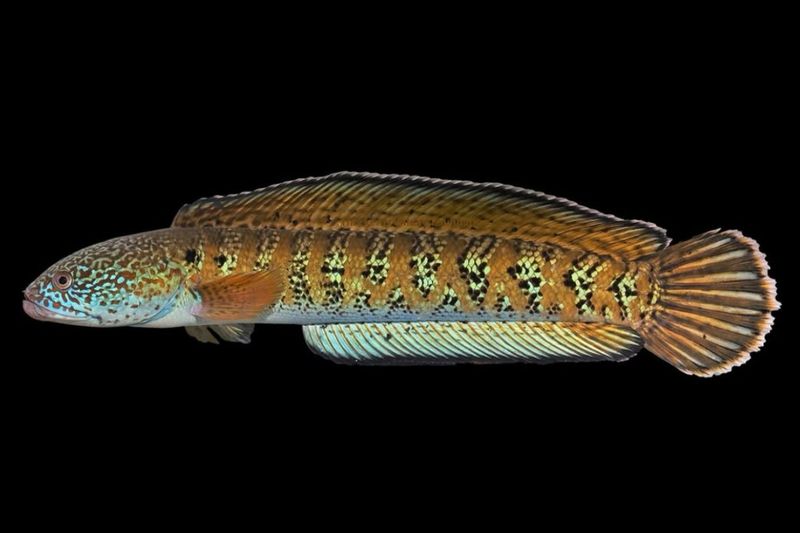
Like finding a living dinosaur, the Chel snakehead’s reappearance shocked biologists who had declared it extinct decades ago. Nobody expected to see this creature again!
Local fishermen initially dismissed the strange catch as an unknown species until experts confirmed its identity through DNA testing. The discovery rewrites scientific understanding about extinction timelines.
2. Unchanged By Time

Remarkably, today’s specimens match perfectly with preserved museum samples from the 1930s. Not a single scale or fin has evolved differently despite the passage of 85 years.
This biological time capsule suggests the fish found perfect hiding places where conditions remained stable for decades. Scientists call this evolutionary phenomenon ‘stasis’ – when species don’t need to adapt because their environment stays constant.
3. Secret Survival Techniques
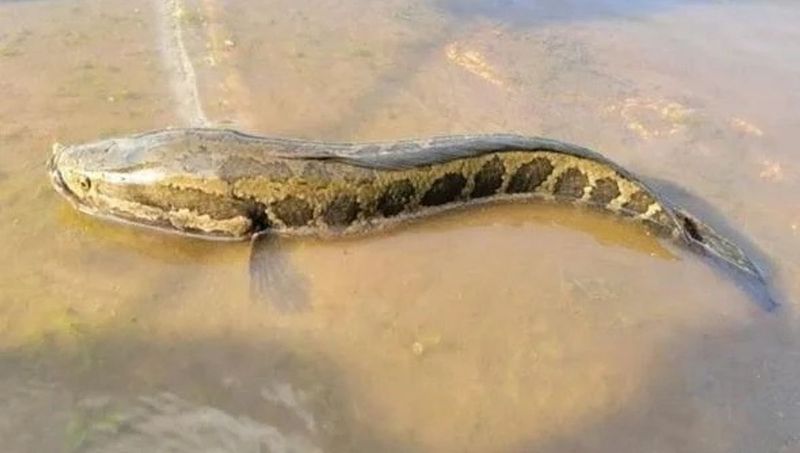
Unlike ordinary fish, the Chel snakehead can breathe air and survive on land for up to three days! This superhero-like ability helped them escape dried-up habitats during droughts.
They can also burrow into mud and enter a hibernation-like state when conditions get tough. These survival tricks likely explain how they remained hidden from scientific observation for nearly a century.
4. Breeding Brilliance
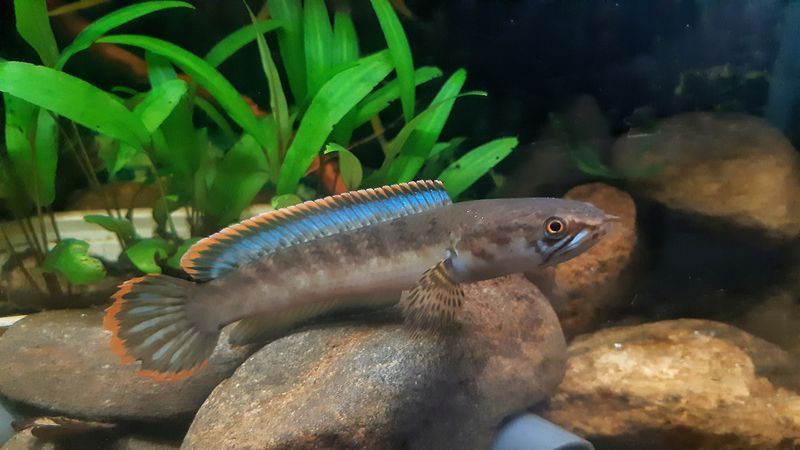
Talk about dedicated parents! Male Chel snakeheads build bubble nests and fiercely guard their young for months after hatching. No wonder they’ve managed to rebuild their population secretly.
Their reproductive strategy involves fewer eggs than most fish but invests heavily in protecting each offspring. This approach creates stronger juveniles with better survival rates, helping the species bounce back from near-extinction.
5. Climate Change Clues
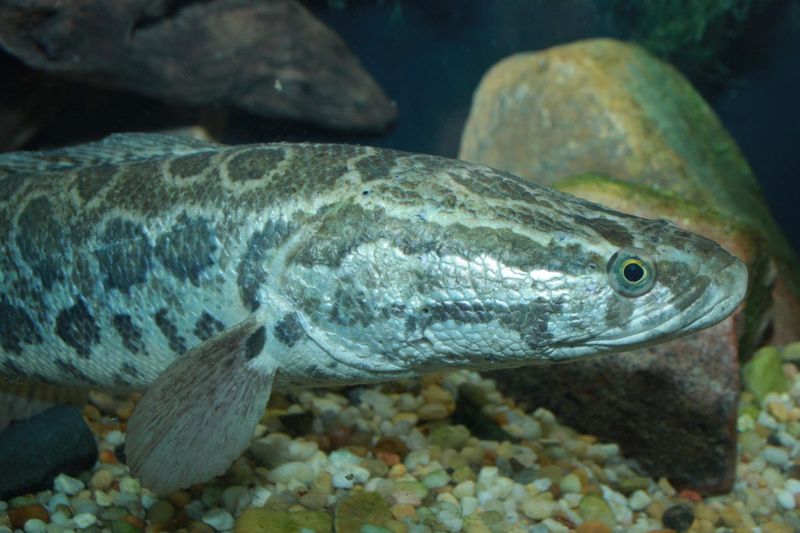
Scientists believe warming temperatures may have triggered the fish’s return from deep, isolated pools where they’ve been hiding. As their preferred temperature range expanded into new areas, so did they.
Ironically, while climate change threatens many species, it might have helped reveal this living fossil. Their reappearance offers a unique window into how certain species might actually benefit from changing conditions.
6. Prehistoric Predator Design
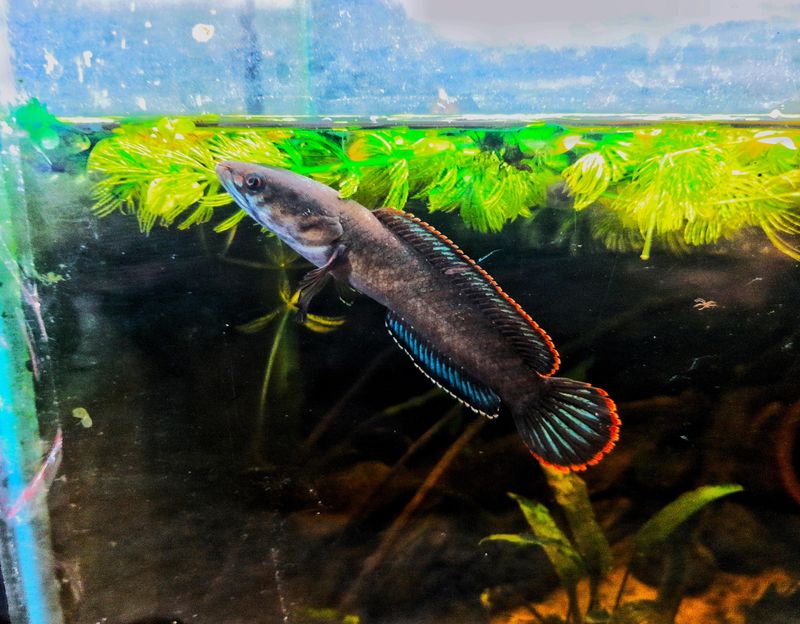
Armed with razor-sharp teeth arranged in multiple rows, these fish haven’t changed their hunting style since prehistoric times. When they bite, they don’t let go!
Their elongated body enables lightning-fast strikes from hiding spots. The Chel’s hunting efficiency is so perfect that evolution hasn’t needed to improve it for millions of years, making them living examples of nature’s perfect predator design.
7. Memory In Their DNA
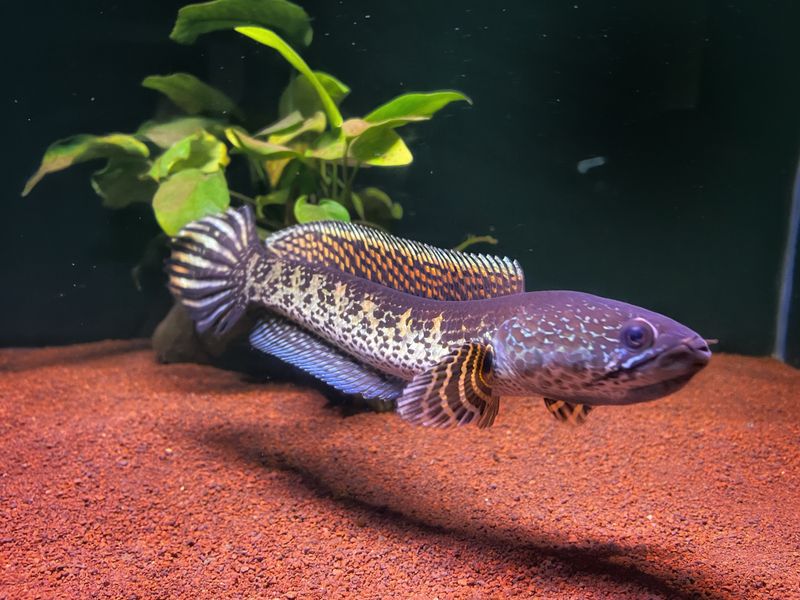
Remarkably, these fish appear to remember ancestral migration routes, even after an 85-year gap between generations. Tracking their movements, researchers found that they follow the same patterns recorded in historical data.
Such behavior hints at a powerful genetic memory, allowing them to instinctively know where to spawn, feed, and hide without ever learning from previous generations.
8. Culinary Controversy
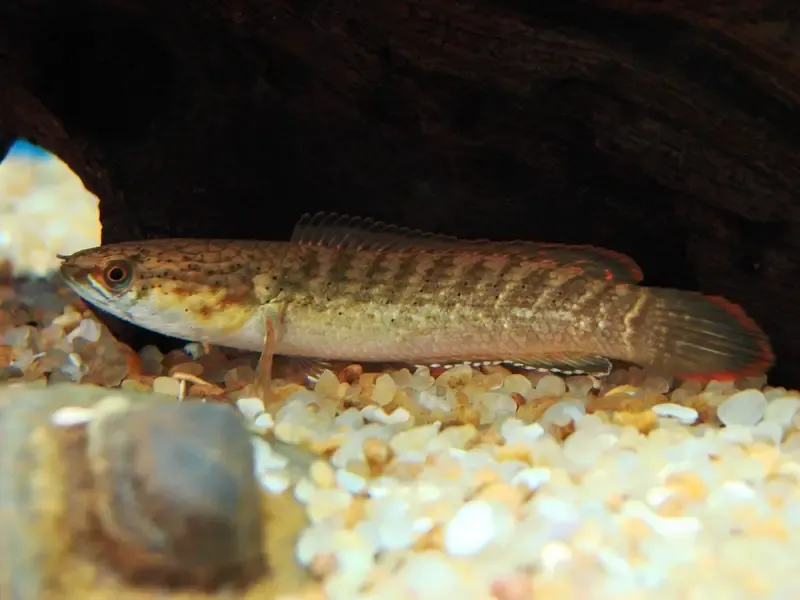
Considered a delicacy in some cultures, the Chel’s return has sparked heated debates between conservation efforts and traditional fishing practices. Its meat reportedly has a unique buttery texture unlike any other fish.
Local communities who celebrated its return now face difficult choices about sustainable harvesting. Conservation groups have proposed special protected zones where scientific study is permitted but consumption remains banned.
9. Ecosystem Engineers
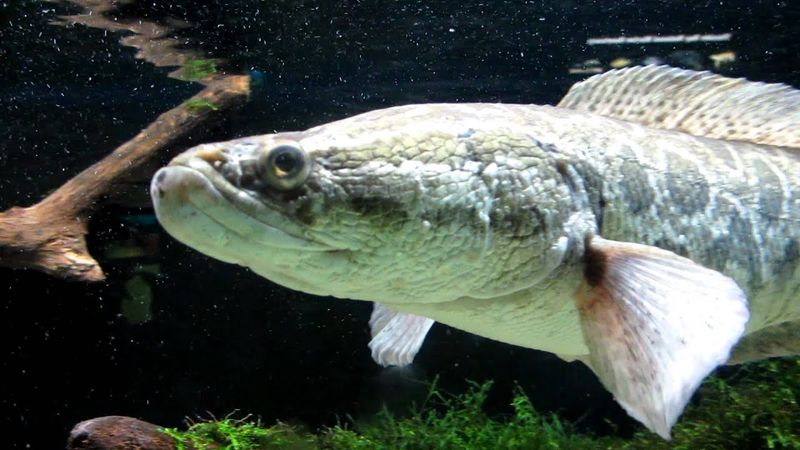
Beyond just existing, these fish actively reshape their environment by creating small channels through dense vegetation. These fish-made waterways benefit countless other species.
By controlling populations of smaller fish and crustaceans, they maintain biodiversity balance. Their return has already improved water clarity in several locations as they’ve resumed their ecological role after an 85-year absence.
10. Medicinal Mysteries
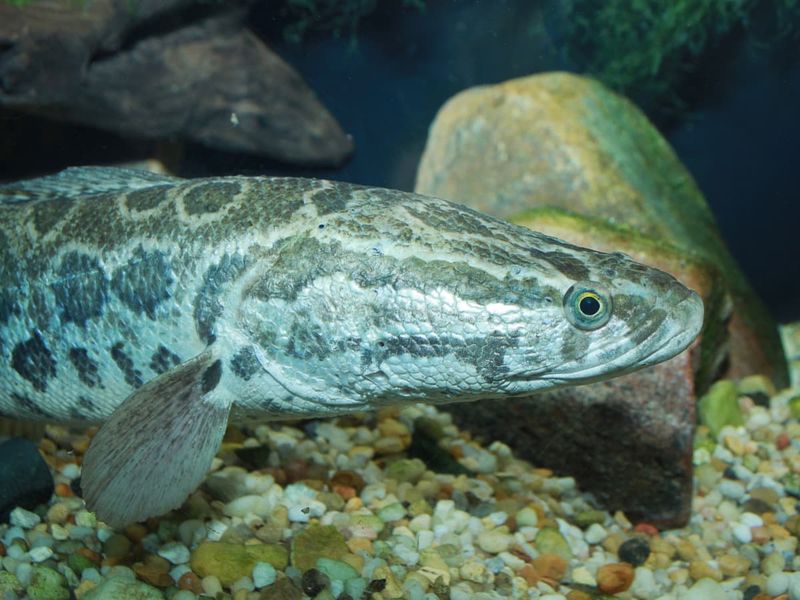
Ancient texts mention Chel snakehead organs as ingredients in traditional medicines, claiming they could treat everything from inflammation to fertility issues. Modern scientists are now investigating these claims.
Preliminary research has identified unique compounds in their liver and swim bladder. These chemicals show promising antibacterial properties that could potentially lead to new medications, making their return valuable for pharmaceutical research.
11. Adaptation Champions
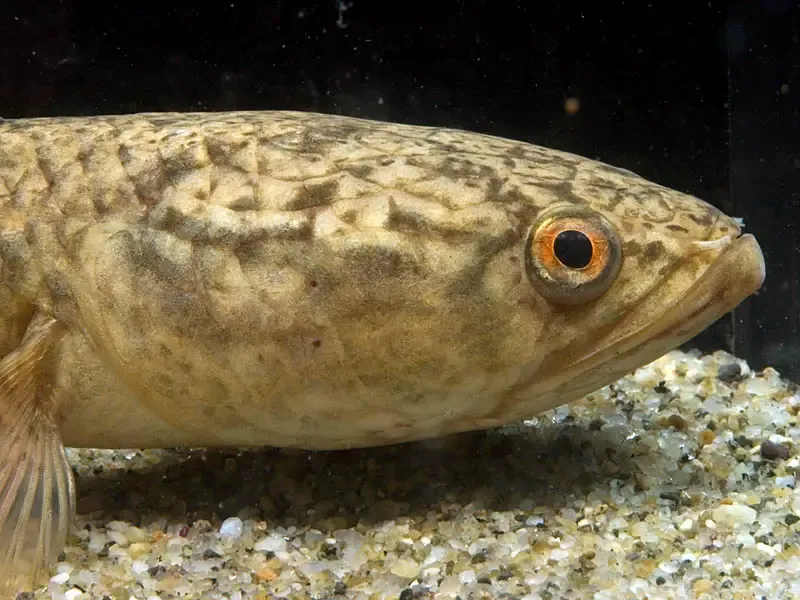
While hiding for 85 years, these remarkable fish developed enhanced night vision and electromagnetic sensitivity. They can detect minute electrical signals from other animals’ muscle movements, making them exceptional hunters in complete darkness.
These adaptations suggest they retreated to deep, lightless environments to escape detection. Their sensory evolution demonstrates nature’s incredible ability to fine-tune species for survival even in the most challenging conditions.
12. Cultural Significance
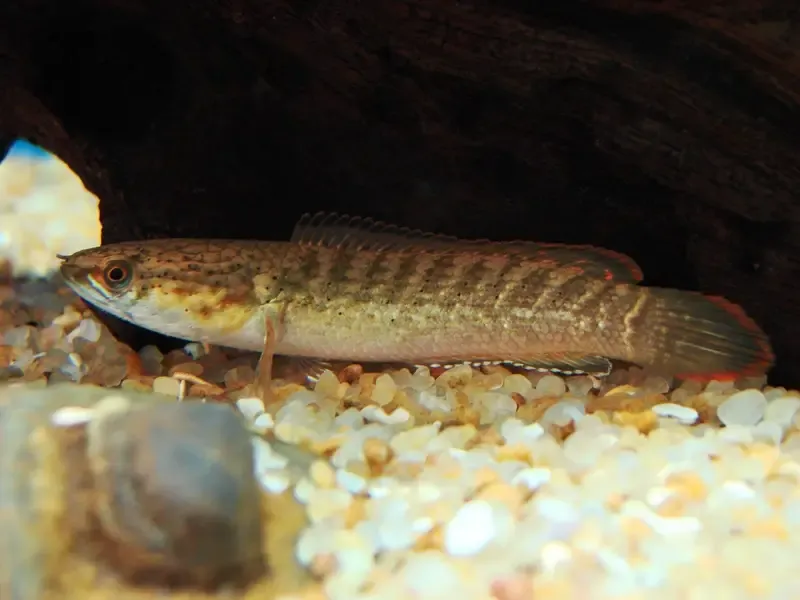
According to local folklore, the Chel snakehead was seen as a messenger between water and land, a creature bridging two worlds. Villages where the fish has reappeared have erupted in celebrations, embracing its return.
Rediscovered ancient rock carvings depicting these fish hint at their spiritual importance, with some viewing their comeback as a sign of environmental healing prophesied long ago.

